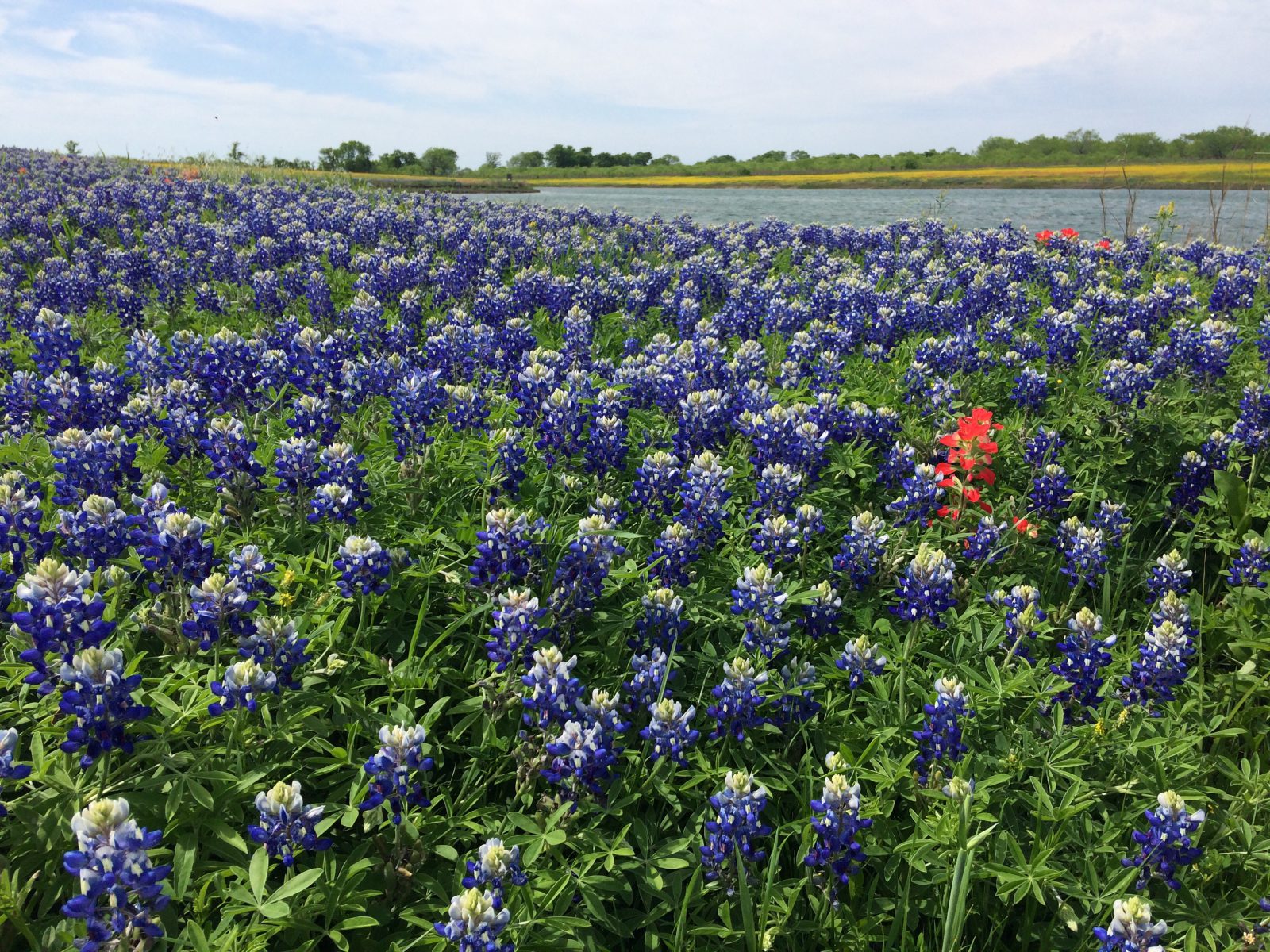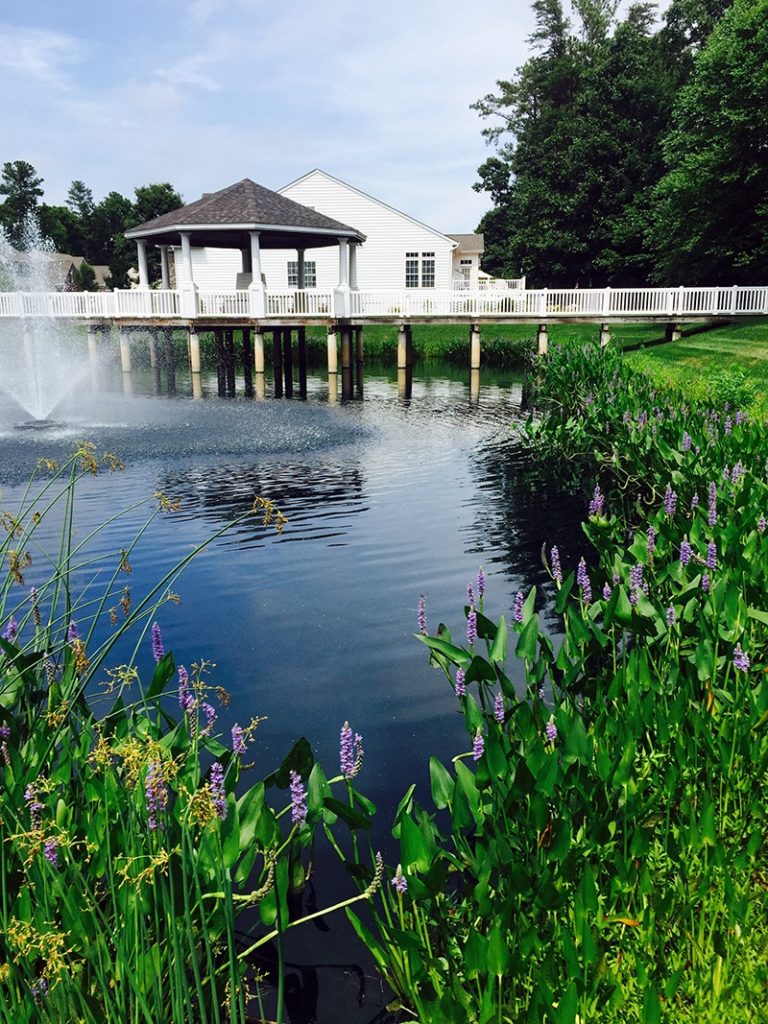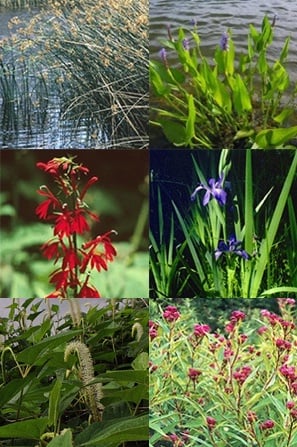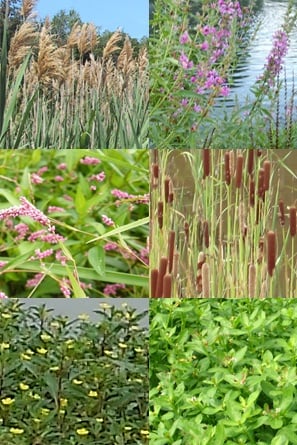

Recommended Plants to Use and Avoid Establishing a Beneficial Vegetative Buffer
Lake and pond issues often start on land. When it rains, stormwater runoff accumulates a significant amount of nutrients such as phosphorus and nitrogen before draining into your waterbody. This can lead to water quality issues like foul odor, poor water clarity and algae blooms.
Having an established vegetative buffer surrounding your lake or pond not only helps filter these harmful nutrients, but also provides shoreline stability and helps prevent erosion. And by reducing the inflow of sediment into your waterbody, a well-maintained buffer can help prolong or even prevent the need for future dredging.
Additionally, vegetative buffers create an excellent habitat for dragonflies and other natural predators that feed on mosquitoes and their larvae, thus leading to improved mosquito control around your lake or pond. Buffers are also a major deterrent to nuisance Canada Geese and can prevent them from becoming full-time residents on your property.
The best vegetation management strategy for buffer zones includes a mix of aquatic grasses, sedges, rushes and other beneficial flowering species along with upland plants growing onshore. There are several easy-to-maintain plants that make great additions to your buffer.

Here are a few beneficial buffer plants that we recommend:
(pictured clockwise, from top left)
- Native sedges and rushes
- Pickerelweed
- Blue Flag iris
- Swamp milkweed
- Lizard’s Tail
- Cardinal flower
On the other hand, there are some common invasive plants that can spread rapidly and cause harm to your ecosystem.

It’s recommended to avoid the following invasive plant species:
(pictured clockwise, from top left)
- Phragmites or common reed
- Purple loosestrife
- Cattails
- Alligator weed
- Water primrose
- Smartweed
It’s also best to avoid woody vegetation as it can destabilize banks, dry out soil and add large amounts of unwanted nutrients to your waterbody.
Trees, shrubs and brush are the most common forms of woody vegetation found in buffers. And though they can sometimes look nice, they can also contribute to ongoing problems in your lake or pond.
Buffers are an important element and aesthetically pleasing addition to any lake or pond, but they need to be maintained in order to ensure they are functioning properly. A well-managed buffer will save you money in the long run, though, by reducing the need for constant treatments due to recurring water quality issues.









